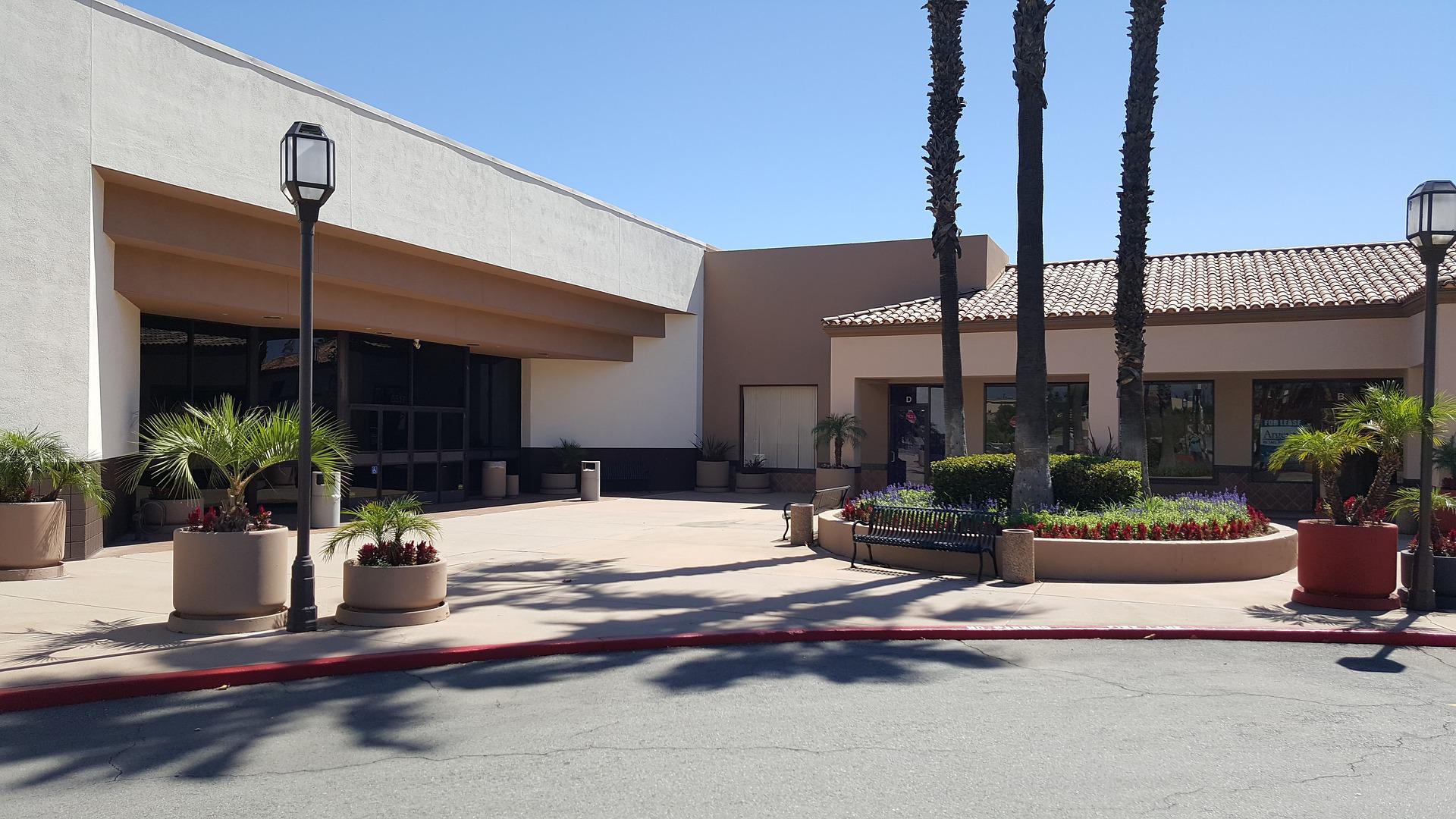Across California, strip malls and storefronts are sitting vacant. In San Francisco, an estimated 2,900 businesses closed over the summer of 2020 alone. In Los Angeles, retail vacancies remain high. And in suburbs from Escondido to Folsom, once thriving “power centers” are empty. As a source of local employment and revenue, the death of retail could be bad news for cities and towns across the state.
Before rushing into anything, it’s worth asking: should local governments in California do anything? Much of the recent crisis has been a function of the global pandemic, which forced extended shutdowns and left shoppers skittish about in-person shopping. If that were the whole story, the right course would probably be to do nothing—let markets recover and life return to normal.
The trouble is that this downturn is also the result of long-term trends, like the rise of e-commerce. A lot of existing brick-and-mortar retail is going to move online over the next decade—the pandemic only sped that up. And with another recession likely right around the corner, the recent post-lockdown retail recovery could be short-lived. Appreciated in this light, local governments need a plan.
But what can they do? Here on the blog, I’ve written about policies that can help drive a business recovery, from liberalizing home-based business rules to allowing outdoor dining. And there are doubtless many small ways that municipalities can clear a path for new business formation, from streamlining permitting hurdles to easing local tax burdens. In terms of zoning, allowing harmless uses that are often banned in commercial districts—such as breweries or other light industries—is a no-brainer.
The trouble is that, even if cities take these measures, it’s possible that we simply don’t need nearly as much commercial square footage as we have today. If nothing else, commercial uses like malls aren’t coming back. Local governments need a plan to put all of this land back to productive reuse, both to avoid blight and bring in tax revenue. The good news is that there’s no shortage of demand for land in California—even if it isn’t always for another shopping center.
One lever local governments can pull is to allow mixed-use development in commercial areas. Under most California zoning codes today, it’s illegal to convert empty strip malls into the five-over-ones—buildings with five stories of apartments over a ground-floor of retail—that are sprouting up all in cities across the US. Legalizing such developments along commercial corridors could help to kill two birds with one stone, productively reusing land while easing the statewide housing shortage.
My hometown of Lexington, Kentucky took this step in 2018, when the city amended its 1950s-style mall zoning district to allow for a mixture of shops, apartments, offices, and hotels along major commercial corridors. Like many cities in California, Lexington struggled with a rising number of dead malls and vacant commercial lots. And while redevelopment has been slow to materialize—these large-scale conversions take time—local planning colleagues tell me that exciting redevelopment proposals are in the works.
Of course, the ideal is for local governments to develop these types of local solutions. But change could also soon come from Sacramento. Last month, the state senate passed AB 2011, which would allow certain mixed-use multifamily developments in commercial zones statewide. If passed by the state assembly and signed by the governor, developers who set aside units for below-market rates and pay prevailing wages could soon be entitled to build in commercial zones across the Golden State.
What’s the right solution for dead malls and vacant storefronts? As with so many issues facing our state, perhaps the most obvious thing we can do is get out of our own way: if we let them, Californians are more than eager to start businesses, build housing, and thoughtfully future-proof our cities and towns. Change isn’t always easy, but if we ensure that our rules and regulations allow for needed flexibility, we can at least avoid an even worse fate: stagnation.
Nolan Gray is a professional city planner, housing researcher at UCLA, and Pacific Research Institute fellow.

